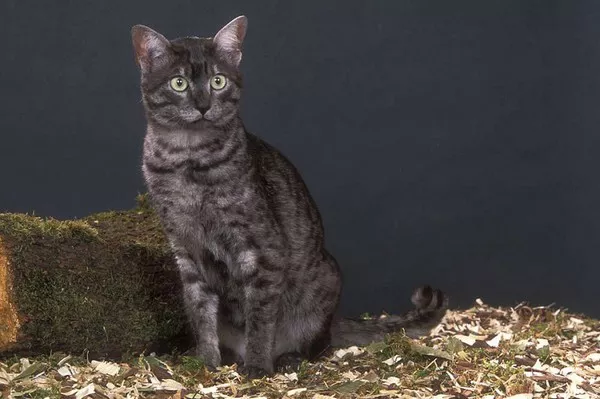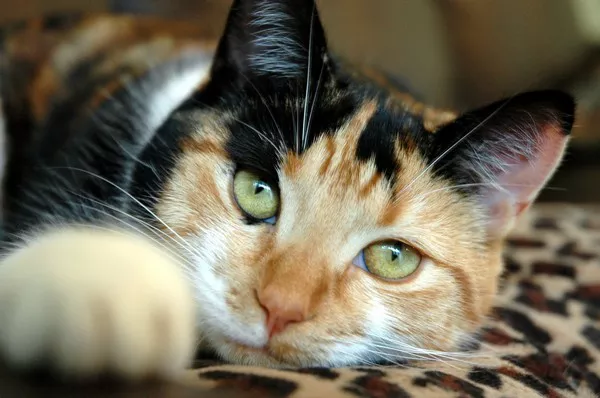Himalayan cats, known for their striking blue eyes, luxurious fur, and gentle demeanor, are a beloved breed among cat enthusiasts worldwide. With their regal appearance and serene disposition, Himalayans often evoke images of tranquility and relaxation. Central to their serene nature is their sleep habits, which play a crucial role in maintaining their overall health and well-being. In this comprehensive guide, we delve into the mysteries of Himalayan cat sleep patterns, exploring the factors that influence their slumber and offering insights into how many hours these majestic felines typically sleep.
Introduction to Himalayan Cats
A Blend of Elegance and Charm
Himalayan cats, also known as Himmies, are a breed renowned for their striking appearance, which combines the luxurious fur of Persian cats with the pointed coloration of Siamese cats. Originating from the crossbreeding of Persians and Siamese, Himalayans boast a distinctive look characterized by their fluffy coat, short muzzle, and striking blue eyes.
Temperament and Personality
In addition to their captivating appearance, Himalayan cats are cherished for their gentle and affectionate nature. These sociable felines thrive on companionship and enjoy spending time with their human families, often seeking out opportunities for cuddling and affection. Despite their regal demeanor, Himalayans are known for their playful antics and love of interactive toys and games.
Understanding Cat Sleep Cycles
The Nature of Feline Sleep
Like all domestic cats, Himalayans are crepuscular animals, meaning they are most active during the twilight hours of dawn and dusk. However, they also possess a natural inclination for extended periods of rest and relaxation, punctuated by brief periods of activity and play.
Sleep Cycles and Patterns
Feline sleep typically occurs in cycles consisting of two main stages: rapid eye movement (REM) sleep and non-rapid eye movement (NREM) sleep. During REM sleep, cats may exhibit twitching, whisker movement, and even vocalizations, suggesting that they are engaged in vivid dreaming. NREM sleep, on the other hand, is characterized by deeper, more restorative rest.
Factors Influencing Himalayan Cat Sleep
Age
Himalayan cats, like all felines, undergo changes in their sleep patterns as they age. Kittens, for example, tend to sleep significantly more than adult cats, often clocking in upwards of 16 hours of sleep per day. As Himalayans mature into adulthood, their sleep needs may decrease slightly, but they still require ample rest to support their overall health and development.
Health and Well-Being
The health and well-being of a Himalayan cat can also influence their sleep habits. Cats experiencing illness, pain, or discomfort may sleep more than usual as their bodies work to heal and recover. Conversely, cats that are in good health and receive proper nutrition and veterinary care are more likely to maintain a balanced sleep schedule.
Environmental Factors
The environment in which a Himalayan cat lives can have a significant impact on their sleep habits. Cats that feel safe, secure, and comfortable in their surroundings are more likely to enjoy restful sleep. Providing a cozy bed, quiet sleeping area, and enriching toys and activities can help create an optimal sleep environment for Himalayans.
Typical Sleep Patterns of Himalayan Cats
Average Hours of Sleep
On average, Himalayan cats sleep between 12 to 16 hours per day, although individual sleep needs may vary. Factors such as age, health, and temperament can influence the amount of sleep a Himalayan requires. While some cats may be more active during the day and sleep longer at night, others may prefer to nap intermittently throughout the day and night.
Napping Behaviors
Himalayan cats are known for their love of napping, often seeking out cozy spots to curl up and rest. Whether it’s a sunny windowsill, a soft blanket, or a favorite perch, Himalayans enjoy exploring different sleeping locations in their home. Some cats may even have specific routines or rituals associated with their napping behaviors.
Adaptability to Lifestyle
Himalayan cats are adaptable creatures that can adjust their sleep patterns to fit their lifestyle and surroundings. Indoor cats, for example, may be more inclined to sleep during the day when their human companions are away at work, while outdoor cats may be more active during daylight hours. Regardless of their living situation, Himalayans prioritize rest and relaxation as essential components of their daily routine.
Promoting Healthy Sleep for Himalayan Cats
Establishing Routine
Creating a consistent daily routine can help promote healthy sleep habits for Himalayan cats. Establishing regular feeding times, play sessions, and bedtime rituals can signal to your cat that it’s time to wind down and prepare for sleep.
Providing Enrichment
Enriching your Himalayan cat’s environment with toys, puzzles, and interactive games can help stimulate their mind and body, preventing boredom and promoting mental and physical exercise. Engaging in play sessions with your cat during the day can also help tire them out and encourage restful sleep.
Creating Comfortable Sleeping Spaces
Investing in comfortable bedding, cozy blankets, and plush sleeping surfaces can provide your Himalayan cat with a comfortable and inviting place to rest. Consider placing beds in quiet, secluded areas of your home where your cat can retreat for uninterrupted sleep.
Conclusion: Nurturing the Serenity of Himalayan Cat Sleep
Himalayan cats, with their regal demeanor and gentle nature, embody a sense of serenity and tranquility that is reflected in their sleep habits. By understanding the factors that influence their sleep patterns and providing a nurturing environment that promotes rest and relaxation, cat owners can help ensure that their Himalayan companions enjoy a lifetime of restful sleep and overall well-being. As guardians of these majestic felines, it is our privilege to create a sanctuary where they can thrive and flourish, embracing the beauty and tranquility of each peaceful slumber.


























